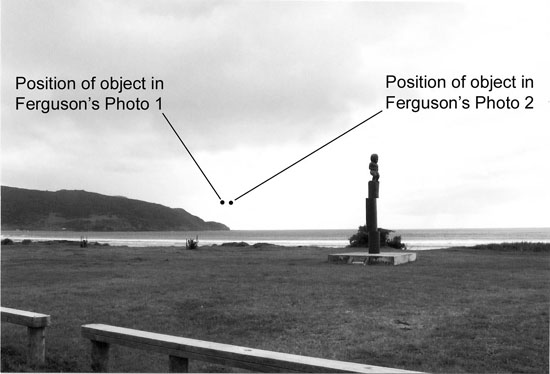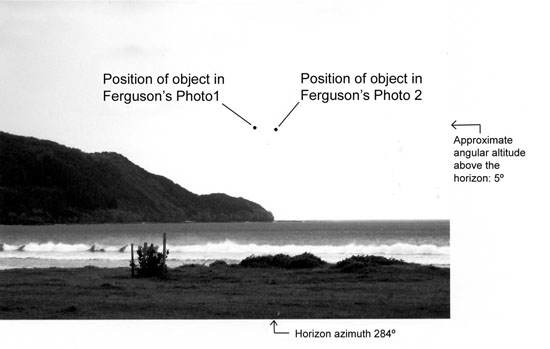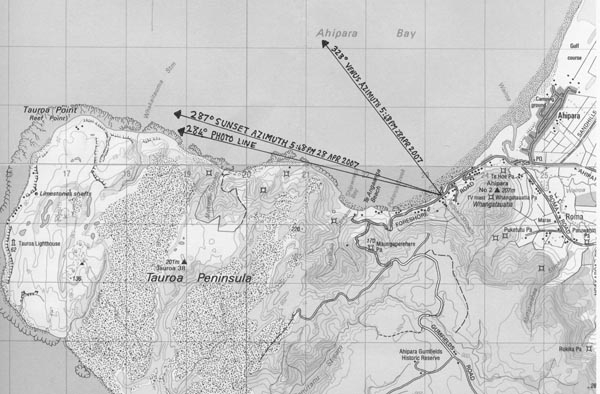How to raise a psychic child
All children are psychic, according to one of the stranger items to appear in the NZ Herald (30 May) for a while.
Sue Bishop is described by writer (I hesitate to say journalist) Nicky Park in the paper’s Life & Style section as “one of Australia’s top intuitives” – a phrase Bishop herself uses in her promotional material. She says children are tuned in to their abilities more than ever, but parents need to know how to nurture their kids’ skills without discouraging or being too pushy.
Bishop, who is currently promoting her recent book Psychic Kids, says we’re starting to see little kids who can see spirits, and actually validate who it is. “It’s different to a child saying, ‘I’ve got a monster on top of my bed’ [how, exactly?]. We know that’s imagination.”
The “level of awareness” kids have today is different to the kids of the 80s, she says, partly because the topic is less taboo now so children are free to explore their psychic abilities. Then there’s “soul evolution”.
“I believe that each evolution carnates to bring a new gift, a new awareness to help us grow and expand also to deal with the problems created from the former generation.”
But at the age of seven the soft part of the skull fully closes (this is in the NZ Herald, remember, so it must be true), and the age of reason begins.
“It’s when children go through this phase that they start to fear death and fear separation from a parent … they start to focus more on being logical and analytical. They start to doubt their intuition, they shut that part of themselves off.”
But don’t worry, the Herald has some useful tips to help you prevent your child from becoming logical and analytical. You must recognise you and your child have a sixth sense, and set safe boundaries for using these abilities. But don’t indulge them too much: “Some kids will go too far and let their imagination take over.”
‘Medicine man’ offside
A self-styled Woodville ‘medicine man’ has found himself offside – with the country’s other medicine men (Dominion Post, 18 June).
Karys Woodcock, a 65-year-old part-time actor raised in England, says he is entitled to be a shaman because his father had Crow Indian heritage. He is legally changing his name to Laughing Bear, and says he has attracted a strong following for his ‘medicine readings’ and other services. He charges for those services, but according to Joseph O’Connor, 81, genuine shamans don’t charge.
O’Connor says he is a third-generation psychic and shaman, while “Laughing Bear” is an actor living in a world of fantasy. “Renting out rooms to unregistered psychics must be stamped out. There are so many so-called psychics robbing the public. He is doing a great injustice to the unsung heroes and healers that have made this country.”
Woodcock charges $60 to $70 an hour for medicine card readings, as well as charging for teaching groups, and takes donations for ghost and spirit house cleansing. He admits there is a big argument about shamans receiving money. “People fall in love with understanding living holistically, but forget that in order for me to practise as a shaman, I have to get petrol, have a mortgage to pay.
“My tepee is bigger than what I used to have. I don’t really want to go and live in the bush. People give us a gift of dollars instead of a leg of elk or deerskin. If [the] creator wants you to do something, you have to be alive to do it.”
Animals vie for psychic fame
Remember Paul the psychic octopus? The late lamented mollusc who correctly picked the outcomes of all seven of Germany’s matches plus the final in the 2010 Football World Cup now has plenty of competition (Stuff, 8 June).
None have the form of the eight-legged marvel, however, says Joe Crilly, a spokesman for British bookmaker William Hill. “And with so many to follow, there are undoubtedly going to be a few who get it wrong.”
Citta, a 33-year-old female Indian elephant at Krakow Zoo, was given the gig for the 2012 Euro Cup after correctly picking Chelsea would win the Champions League final, heading off a donkey, a parrot, and another elephant. But her first two predictions of Polish victories – made by choosing a marked melon – have been astray, with both matches drawn.
Meanwhile a “psychic pig” in the Ukraine predicted four of six results in the first round correctly. Other contenders are a ferret called Fred, Kharuk the Russian reindeer, Sissi the German dachshund, Nicholas the English llama and Huat the Singaporean arowana – that’s a large freshwater fish. Information is limited on how well any of these are doing, which probably says something in itself.
Snake test of faith fatal
A West Virginia preacher who handled venomous snakes to prove his faith in God has died after being bitten (NZ Herald, 1 June).
Mark Wolford’s own father died of a snakebite in 1983 aged 39, and he himself had been bitten before and survived. On this occasion witnesses say a timber rattler bit the 44-year-old on the thigh during a Sunday service at Panther State Forest.
Ralph Hood, a religion professor at the University of Tennessee at Chattanooga, said his friend Wolford would want people to remember him as “a Christian who was living his beliefs and being obedient.”
“A common misunderstanding is that handlers believe they can’t get bit or it won’t kill them,” Hood added. “What they’ll tell you is, vNo one will get out of this alive.’ They’ll also tell you it’s not a question of how you live; it’s a question of how you die … This is how he would have wanted to die.”
Although most Appalachian states have outlawed snake handling, it remains legal but rare in West Virginia.
UFOs buzz Northland … or not
Ufocus NZ are claiming many sightings of UFOs in the Northland region in recent months, but none has been reported to the police, a police spokeswoman says (Northern Advocate, 23 May).
Suzanne Hansen, who is research network director for the UFO-watching group, said one man had reported seeing a UFO land in Northland in April, but she was not revealing where at this stage. “He’s a very credible source. He saw an object that had landed and said it was definitely not an aircraft or like anything else he had seen.”
After a story on the sightings appeared in the Northern Advocate on May 19 several more reports of recent UFO sightings from the region had come in, while others had contacted the group to report historical sightings in Northland.
NZ Skeptics spokeswoman Vicki Hyde said there were a huge number of possible explanations for UFO sightings – and none of them involved visits from extraterrestrials.
Ghost haunts university
Residents at Otago University’s Cumberland College have taken to sleeping with the lights on following a sighting of a ghost (Otago Daily Times, 22 May).
The ghost has been linked to the Grey Lady, who allegedly haunted a nurse at the college after the nurse, working at the now-closed Queen Mary maternity hospital nearby, took her baby for being an unfit mother.
College resident Mareck Church said the “ghost sighting” happened on the night of Saturday, 5 May, when two female health science students noticed a weird smell and a chill in the air as they walked down the hallway after coming back to the college from studying. Weird smells in a hall of residence? Cold in Dunedin? Definitely something odd here.
“One of the girls saw a black figure beside the fire hydrant, turned to the other girl to point it out and as they both turned round, they felt a cold whoosh of air pass them,” Mr Church said.
Some students, Mr Church included, then played pranks on other residents, including going around the corridors with pillowcases over their heads.
The situation had calmed down since staff arranged a blessing by a chaplain and a kaumatua on May 10. Good to see our universities are bastions of rationality.



